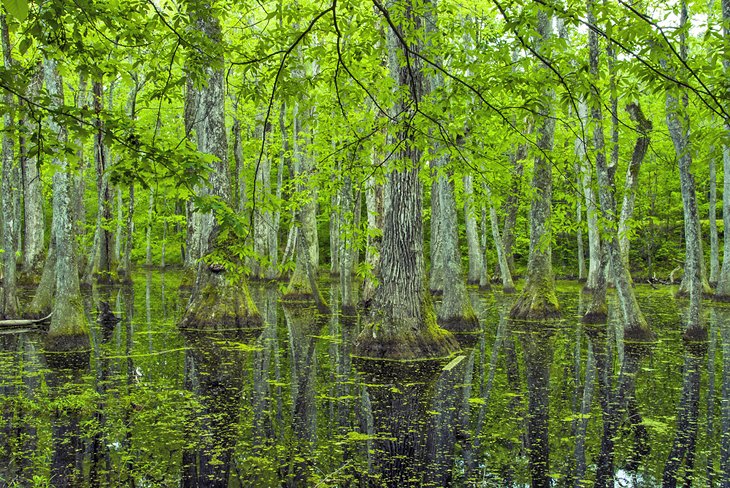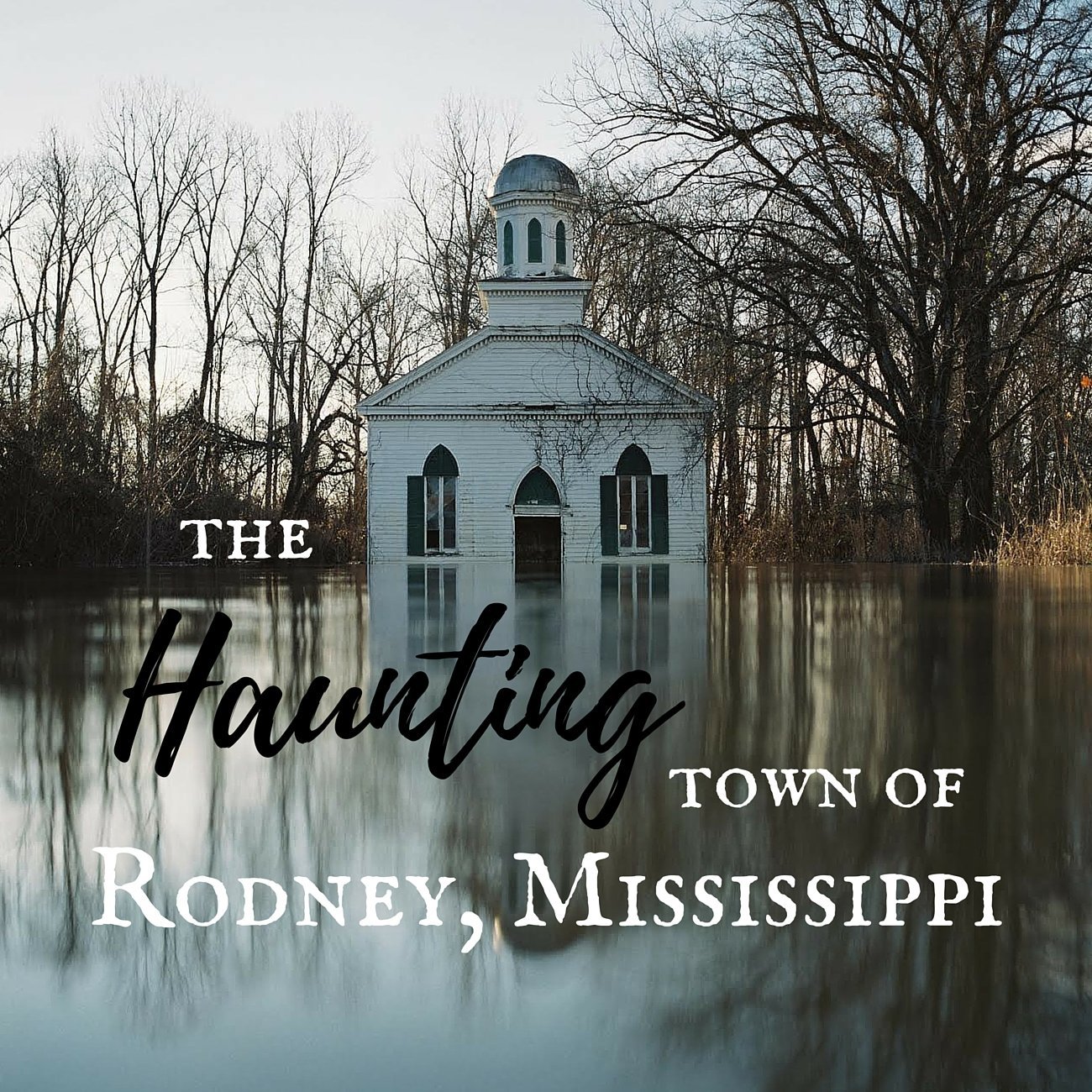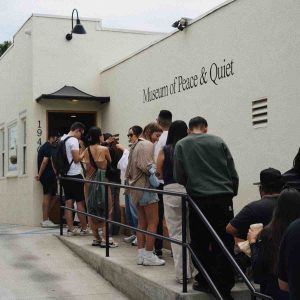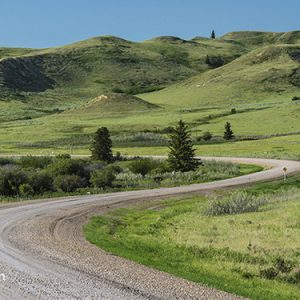
The Art of the Southern Backroad: Photographing Rural Life in Mississippi
Mississippi, the Magnolia State, isn’t just about bustling blues clubs and antebellum mansions. It’s also about the quiet hum of crickets in a cotton field, the weathered faces etched with stories of generations, and the slow, deliberate rhythm of life on a backroad. For photographers seeking authenticity and a glimpse into a disappearing world, Mississippi’s rural landscape offers a captivating canvas. This article explores the art of capturing the soul of this often-overlooked beauty, providing insights into techniques, ethical considerations, and the profound power of visual storytelling.
The Allure of the Untamed: Why Photograph Rural Mississippi?
Beyond the manicured gardens and tourist hotspots lies a Mississippi steeped in history, tradition, and resilience. It’s a place where time seems to slow, allowing for deeper observation and connection. Photographing rural Mississippi offers:
- Visual Riches: From sprawling delta farmlands to dense pine forests, the natural beauty is diverse and dramatic. The changing seasons paint the landscape with vibrant colors, offering endless opportunities for compelling imagery.
- Untold Stories: The faces of the people, the architecture of their homes, and the tools they use to make a living all tell stories of heritage, hardship, and hope.
- A Connection to the Past: Rural Mississippi is a living museum, preserving traditions and ways of life that are slowly fading elsewhere. Photography can help document and celebrate this cultural heritage.
- Personal Growth: Engaging with a culture different from your own fosters empathy, understanding, and a deeper appreciation for the human experience.
Gear Up: Essentials for the Southern Backroad Photographer
While the best camera is arguably the one you have with you, certain equipment can enhance your ability to capture the essence of rural Mississippi:
| Item | Why it’s Essential |
|---|---|
| Wide-angle Lens | Capturing expansive landscapes and establishing a sense of place. |
| Telephoto Lens | Isolating details, compressing perspective, and photographing subjects from a respectful distance (especially important with people). |
| Durable Camera Bag | Protecting your equipment from the elements and providing easy access. |
| Tripod | Ensuring sharp images in low light and for landscape photography. |
| Extra Batteries/Cards | Staying powered up and avoiding frustrating interruptions. |
Mastering the Light: Capturing the Southern Glow
Light is the lifeblood of photography, and in Mississippi, it takes on a unique character. The warm, golden light of sunrise and sunset bathes the landscape in a soft glow, creating dramatic shadows and highlighting textures.
- Golden Hour Magic: Prioritize shooting during the golden hours for the most flattering light. The warm tones enhance colors and create a sense of warmth and nostalgia.
- Embrace the Clouds: Overcast days can provide soft, diffused light that is perfect for portraiture. It eliminates harsh shadows and allows for more even exposure.
- The Drama of Storms: Mississippi’s weather can be unpredictable. Don’t shy away from capturing the drama of approaching storms, with their towering clouds and dramatic lightning.
- Night Photography: Explore the potential of night photography in rural areas, capturing the starry skies and the warm glow of porch lights.
Ethical Considerations: Respect and Authenticity
Photographing rural life requires sensitivity and respect. Remember that you are a guest in someone else’s community.
- Ask Permission: Always ask permission before photographing people or their property. Explain your intentions and be respectful of their wishes.
- Listen to Their Stories: Take the time to talk to the people you photograph. Their stories will add depth and meaning to your images.
- Avoid Exploitation: Don’t romanticize poverty or hardship. Focus on capturing the dignity and resilience of the people you encounter.
- Give Back to the Community: Consider donating prints or offering photography services to local organizations.
- Be Mindful of Privacy: Respect the privacy of individuals and families. Avoid photographing private moments without permission.
Finding Your Story: Subjects and Themes in Rural Mississippi
The possibilities for photographic exploration in rural Mississippi are endless. Here are a few ideas to get you started:
- Working Landscapes: Capture the beauty and rhythm of agriculture, from cotton fields to catfish farms.
- Portraits of Resilience: Photograph the faces of the people who call rural Mississippi home, capturing their strength, wisdom, and connection to the land.
- Forgotten Architecture: Document the decaying beauty of abandoned buildings, churches, and farmhouses.
- Community Gatherings: Attend local festivals, church services, and community events to capture the spirit of rural life.
- The Blues Highway: Follow Highway 61, the “Blues Highway,” and photograph the iconic landmarks and juke joints that have shaped American music.
Compositional Techniques: Framing the Southern Narrative
Effective composition is crucial for conveying the essence of your subject.
- Rule of Thirds: Divide your frame into thirds both horizontally and vertically, and place key elements along these lines or at their intersections.
- Leading Lines: Use natural lines, such as roads, fences, or rivers, to guide the viewer’s eye through the frame.
- Framing: Use natural elements, such as trees, arches, or doorways, to frame your subject and draw attention to it.
- Negative Space: Use empty space to create a sense of calm and to emphasize your subject.
- Perspective: Experiment with different perspectives to create unique and compelling compositions. Try shooting from a low angle to emphasize the grandeur of the landscape or from a high angle to create a sense of intimacy.
Post-Processing: Enhancing the Essence, Not Altering It.
Post-processing can enhance your images, but it’s important to use it sparingly and ethically. The goal is to refine the image, not to fundamentally alter it.
- Color Correction: Adjust the white balance and color temperature to achieve accurate and pleasing colors.
- Contrast and Brightness: Fine-tune the contrast and brightness to enhance the dynamic range of the image.
- Sharpening: Add a subtle amount of sharpening to bring out details.
- Noise Reduction: Reduce noise in low-light images.
- Cropping: Crop the image to improve the composition and remove distracting elements.
The Power of Visual Storytelling: Sharing Your Vision
Photography is not just about taking pretty pictures; it’s about telling stories. Use your images to share your perspective on rural Mississippi, to celebrate its beauty and resilience, and to raise awareness about the challenges it faces.
- Create a Photo Essay: Combine a series of images to tell a cohesive story about a particular place, person, or theme.
- Share Your Work Online: Use social media platforms like Instagram, Facebook, and Flickr to share your images and connect with other photographers.
- Enter Photography Contests: Submit your best images to photography contests to gain recognition and exposure.
- Exhibitions and Prints: Consider exhibiting your work in local galleries or selling prints online.
A Final Word: Embrace the Journey
Photographing rural Mississippi is a journey of discovery, both outward and inward. It’s a chance to connect with a unique culture, to capture the beauty of a disappearing world, and to deepen your understanding of the human experience. Embrace the challenges, be respectful of the people you encounter, and let your passion for photography guide you on your path. The art of the Southern backroad awaits.

Additional Information
The Art of the Southern Backroad: Beyond the Image – An Analytical Exploration of Photographing Rural Life in Mississippi
The allure of the Southern backroad, and particularly its manifestation in Mississippi, stems from a complex tapestry woven with threads of history, poverty, resilience, and a lingering connection to a bygone era. While “The Art of the Southern Backroad: Photographing Rural Life in Mississippi” likely celebrates the aesthetic beauty captured through the lens, a deeper dive reveals a multifaceted subject demanding nuanced understanding and ethical considerations.
Deconstructing the Romanticism:
One potential pitfall in photographing rural Mississippi is the romanticization of poverty and hardship. The crumbling sharecropper shacks, the weathered faces, and the seemingly timeless landscapes can be perceived as picturesque, obscuring the systemic issues contributing to the lived realities of the people inhabiting these spaces. Consider, for instance, the prevalence of food deserts in rural Mississippi. According to a 2019 report by the Mississippi Food Network, several counties have limited access to healthy and affordable food, contributing to higher rates of obesity and related health problems. A photograph showcasing a dilapidated general store with empty shelves, while visually compelling, needs to be contextualized. Without addressing the underlying economic challenges and lack of infrastructure, the image risks becoming a voyeuristic exploitation of hardship. Furthermore, a 2020 study by the Annie E. Casey Foundation highlighted Mississippi’s consistently low ranking in child well-being, with significant disparities between racial and ethnic groups. Photographers must grapple with the ethical implications of representing these vulnerabilities.
Documenting Change and Preservation:
Beyond capturing the perceived stasis, photographers have a responsibility to document the dynamism inherent in these rural communities. The encroachment of modernization, the loss of traditional livelihoods, and the impact of climate change are reshaping the Mississippi landscape. For example, the decline of the cotton industry, once the backbone of the state’s economy, has forced many families to seek opportunities elsewhere, leading to population decline in some rural counties. Photographic projects could focus on:
- The evolving agricultural landscape: Documenting the rise of sustainable farming practices, the adoption of new technologies, and the challenges faced by small farmers competing with large agribusinesses.
- The impact of the Blues Highway (Highway 61): Exploring how the legacy of blues music, a cultural export from Mississippi, is being preserved and promoted as a form of tourism and economic development. Case studies on local festivals, juke joints, and museums dedicated to blues history would provide valuable context.
- The influence of environmental factors: Documenting the impact of recurring floods, soil erosion, and the spread of invasive species on rural communities and their traditional ways of life.
Ethical Considerations and Responsible Representation:
Photographers entering these communities must prioritize ethical considerations and responsible representation. This involves:
- Informed Consent: Obtaining explicit and informed consent from individuals being photographed, explaining how their images will be used and ensuring they understand their rights.
- Contextualization: Providing detailed captions and accompanying narratives that offer context and background information about the subjects and their communities.
- Collaboration: Working collaboratively with local residents and organizations to ensure that their voices are heard and their stories are accurately represented. This could involve partnering with local historical societies or community centers.
- Avoiding Stereotypes: Actively challenging and dismantling stereotypical representations of rural Mississippians. This requires a deep understanding of the nuances and complexities of the culture and a conscious effort to portray individuals with dignity and respect.
The Power of Storytelling through Photography:
Despite the ethical complexities, photography remains a powerful tool for raising awareness about the challenges and opportunities facing rural Mississippi. Through compelling imagery and thoughtful storytelling, photographers can:
- Promote cultural preservation: Documenting traditional crafts, music, and storytelling traditions that are at risk of disappearing.
- Advocate for policy changes: Using photography to highlight the need for improved infrastructure, healthcare, education, and economic opportunities in rural communities.
- Foster understanding and empathy: Creating images that bridge the gap between urban and rural populations and promote a greater understanding of the diverse perspectives and experiences within Mississippi.
Conclusion:
“The Art of the Southern Backroad: Photographing Rural Life in Mississippi” is not simply about capturing pretty pictures. It’s about engaging with a complex and often overlooked region of the United States. It requires a deep understanding of history, culture, and social issues, as well as a commitment to ethical practices and responsible representation. By moving beyond the superficial and embracing a more analytical approach, photographers can contribute to a more nuanced and meaningful understanding of rural Mississippi and its people. They can use their art to not only document but also to advocate for positive change and the preservation of a unique cultural heritage.






